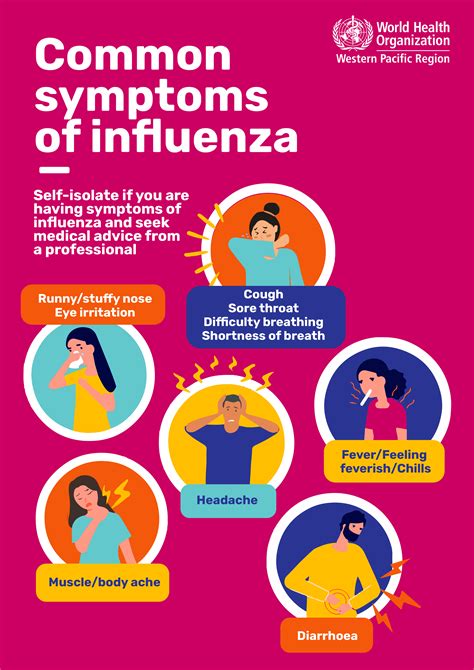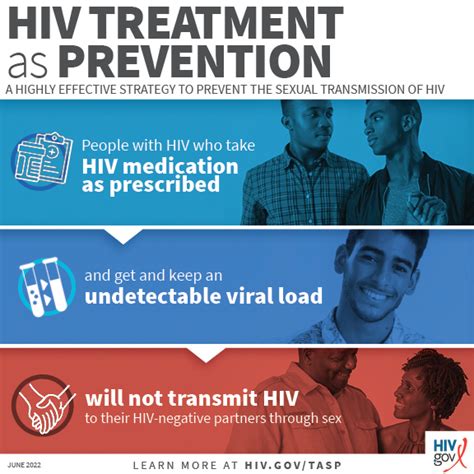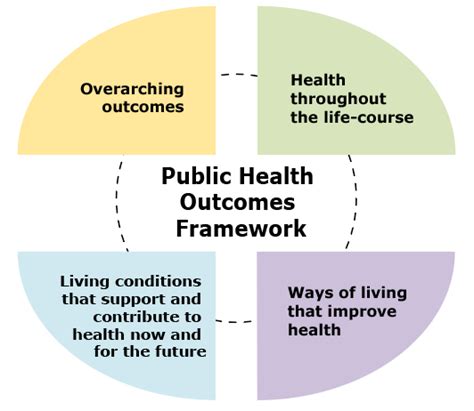Intro
Learn about Flu A, a contagious respiratory illness caused by influenza A virus, with symptoms like fever, cough, and fatigue, and understand its types, transmission, and prevention methods to stay protected.
Influenza A, commonly referred to as Flu A, is a type of influenza virus that affects humans, birds, and other mammals. It is one of the most common and contagious respiratory illnesses worldwide, causing significant morbidity and mortality, especially among vulnerable populations such as the elderly, young children, and individuals with compromised immune systems. The importance of understanding Flu A cannot be overstated, as it has significant implications for public health, economic productivity, and individual well-being.
The impact of Flu A on global health is substantial, with the World Health Organization (WHO) estimating that influenza viruses cause approximately 3 to 5 million cases of severe illness and 290,000 to 650,000 respiratory deaths worldwide each year. In addition to its health consequences, Flu A also has significant economic implications, resulting in lost productivity, increased healthcare costs, and strain on healthcare systems. As such, it is essential to comprehend the causes, symptoms, and prevention strategies related to Flu A to mitigate its effects and promote overall health and wellness.
Understanding Flu A is also crucial for developing effective prevention and treatment strategies. By recognizing the virus's characteristics, transmission modes, and risk factors, individuals can take proactive steps to protect themselves and their loved ones from infection. Furthermore, staying informed about Flu A enables people to make informed decisions about vaccination, medication, and other preventive measures, ultimately contributing to a healthier and more resilient community. As we delve into the world of Flu A, it is essential to explore its intricacies, from its types and symptoms to its diagnosis, treatment, and prevention.
Types of Flu A

Flu A viruses are classified into several subtypes based on their surface proteins, hemagglutinin (H) and neuraminidase (N). The most common subtypes that affect humans are H1N1 and H3N2. These subtypes are further divided into different strains, which can vary in their severity and ability to spread. For instance, the H1N1 pandemic strain, also known as swine flu, caused a global outbreak in 2009, resulting in significant morbidity and mortality. In contrast, the H3N2 strain is more commonly associated with seasonal flu outbreaks.
Subtypes and Strains
The various subtypes and strains of Flu A viruses can be distinguished by their genetic makeup and antigenic properties. The H1N1 subtype, for example, is characterized by its ability to bind to specific receptors on human cells, allowing it to infect and replicate within the host. In contrast, the H3N2 subtype has a different receptor binding profile, which affects its transmissibility and virulence. Understanding these differences is crucial for developing effective vaccines and treatments that target specific subtypes and strains.Symptoms of Flu A

The symptoms of Flu A can vary in severity and duration, depending on factors such as age, health status, and the specific subtype or strain of the virus. Common symptoms include fever, chills, cough, sore throat, runny or stuffy nose, muscle or body aches, headaches, fatigue, and diarrhea or vomiting. In severe cases, Flu A can lead to complications such as pneumonia, bronchitis, sinus and ear infections, and even death, especially among high-risk populations.
Complications and Risks
Certain individuals are at increased risk of developing complications from Flu A, including older adults, young children, pregnant women, and people with underlying health conditions such as heart disease, lung disease, or weakened immune systems. These individuals should take extra precautions to prevent infection and seek medical attention immediately if they experience symptoms. Additionally, Flu A can exacerbate existing health conditions, making it essential to manage chronic illnesses and maintain overall health and wellness.Transmission and Prevention

Flu A viruses are highly contagious and can spread through respiratory droplets, contact with contaminated surfaces, and close proximity to infected individuals. Prevention strategies include getting vaccinated annually, practicing good hygiene such as frequent handwashing and proper cough etiquette, avoiding close contact with people who are sick, and maintaining a healthy lifestyle through balanced diet, regular exercise, and adequate sleep.
Vaccination and Treatment
Vaccination is the most effective way to prevent Flu A infection, with the flu vaccine available in various forms, including trivalent, quadrivalent, and nasal spray. Antiviral medications such as oseltamivir and zanamivir can also be used to treat and prevent Flu A, especially in high-risk individuals. However, these medications are most effective when started within 48 hours of symptom onset, emphasizing the importance of prompt medical attention.Diagnosis and Treatment

Diagnosing Flu A typically involves a physical examination, medical history, and laboratory tests such as rapid influenza diagnostic tests (RIDTs) or reverse transcription polymerase chain reaction (RT-PCR). Treatment options include antiviral medications, rest, hydration, and over-the-counter medications to alleviate symptoms. In severe cases, hospitalization may be necessary to manage complications and support recovery.
Management and Recovery
Managing Flu A involves a combination of medical treatment, self-care, and supportive care. Resting, staying hydrated, and using over-the-counter medications can help alleviate symptoms, while antiviral medications can reduce the severity and duration of illness. It is essential to follow the advice of healthcare professionals, take medications as prescribed, and maintain good hygiene practices to prevent transmission and support recovery.Public Health Impact

The public health impact of Flu A is significant, with the virus affecting not only individual health but also economic productivity, social functioning, and community well-being. The WHO and other global health authorities play a crucial role in monitoring, responding to, and preventing Flu A outbreaks, emphasizing the importance of international cooperation, surveillance, and preparedness.
Global Response and Preparedness
The global response to Flu A involves a coordinated effort among governments, healthcare systems, and international organizations to prevent, detect, and respond to outbreaks. This includes developing and distributing vaccines, conducting surveillance and monitoring, and providing guidance on prevention and control measures. By working together, we can reduce the impact of Flu A and promote a healthier, more resilient world.Conclusion and Future Directions

In conclusion, Flu A is a significant public health concern that requires ongoing attention, research, and action. By understanding the causes, symptoms, and prevention strategies related to Flu A, individuals can take proactive steps to protect themselves and their communities. As we look to the future, it is essential to continue developing effective vaccines, treatments, and prevention measures, while also addressing the social, economic, and environmental factors that contribute to the spread of Flu A.
What is Flu A, and how is it different from other types of influenza?
+Flu A is a type of influenza virus that affects humans, birds, and other mammals. It is characterized by its surface proteins, hemagglutinin (H) and neuraminidase (N), and is further divided into subtypes and strains. Flu A is different from other types of influenza, such as Flu B and Flu C, in terms of its genetic makeup, antigenic properties, and ability to cause disease.
How is Flu A transmitted, and what are the most effective ways to prevent infection?
+Flu A is transmitted through respiratory droplets, contact with contaminated surfaces, and close proximity to infected individuals. The most effective ways to prevent infection include getting vaccinated annually, practicing good hygiene such as frequent handwashing and proper cough etiquette, avoiding close contact with people who are sick, and maintaining a healthy lifestyle through balanced diet, regular exercise, and adequate sleep.
What are the symptoms of Flu A, and how can they be managed and treated?
+The symptoms of Flu A can vary in severity and duration, but common symptoms include fever, chills, cough, sore throat, runny or stuffy nose, muscle or body aches, headaches, fatigue, and diarrhea or vomiting. Symptoms can be managed and treated with antiviral medications, rest, hydration, and over-the-counter medications to alleviate symptoms. In severe cases, hospitalization may be necessary to manage complications and support recovery.
What is the public health impact of Flu A, and how can it be mitigated?
+The public health impact of Flu A is significant, with the virus affecting not only individual health but also economic productivity, social functioning, and community well-being. The impact of Flu A can be mitigated through a coordinated effort among governments, healthcare systems, and international organizations to prevent, detect, and respond to outbreaks. This includes developing and distributing vaccines, conducting surveillance and monitoring, and providing guidance on prevention and control measures.
What are the future directions for Flu A research and prevention, and how can individuals contribute to these efforts?
+Future directions for Flu A research and prevention include developing more effective vaccines, treatments, and prevention measures, as well as addressing the social, economic, and environmental factors that contribute to the spread of Flu A. Individuals can contribute to these efforts by staying informed about Flu A, taking proactive steps to protect themselves and their communities, and supporting research and public health initiatives.
We invite you to share your thoughts, questions, and concerns about Flu A in the comments section below. Your input is valuable in helping us better understand and address the complexities of this important public health issue. By working together, we can promote a healthier, more resilient world and reduce the impact of Flu A on individuals, communities, and society as a whole.
